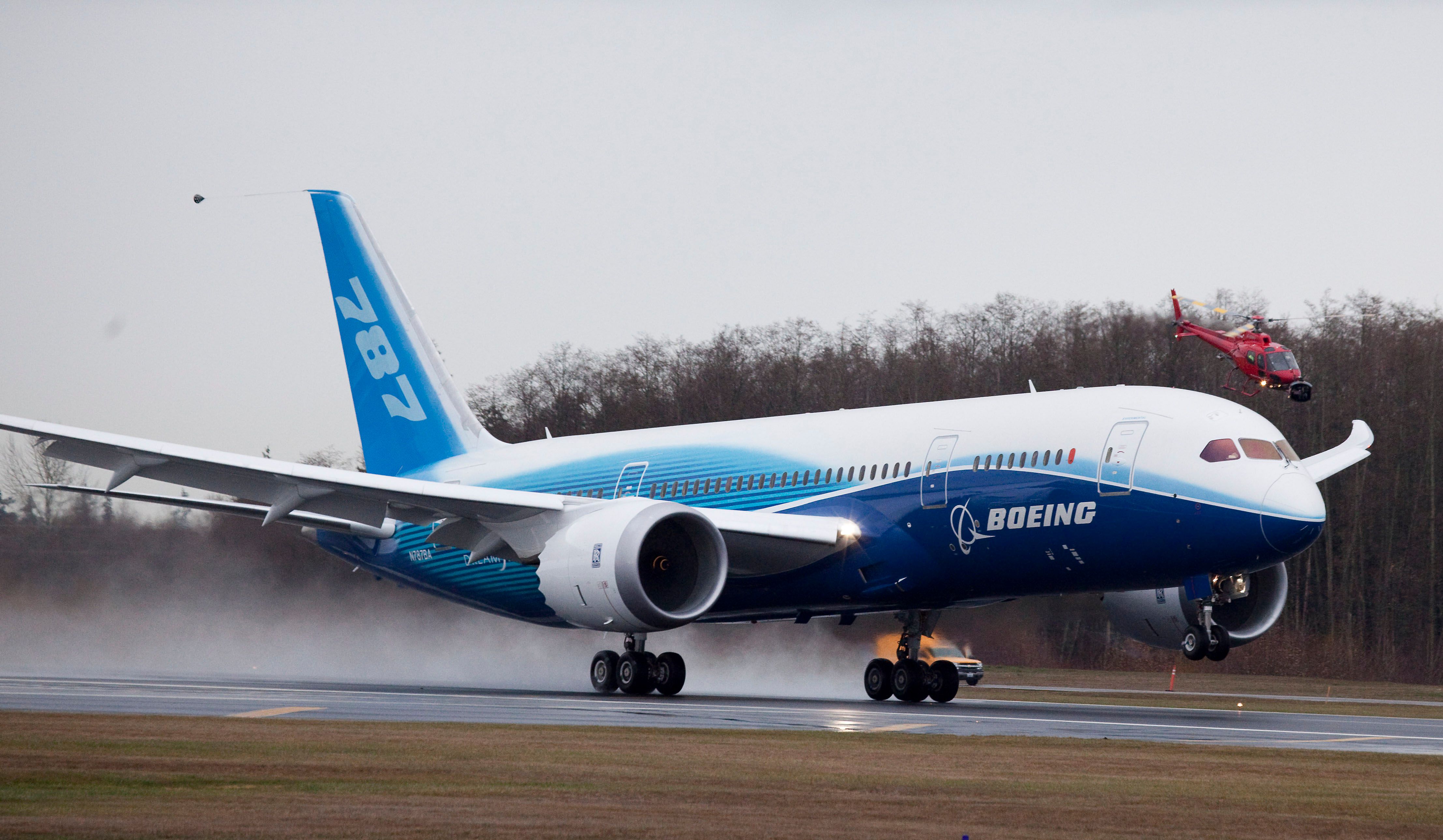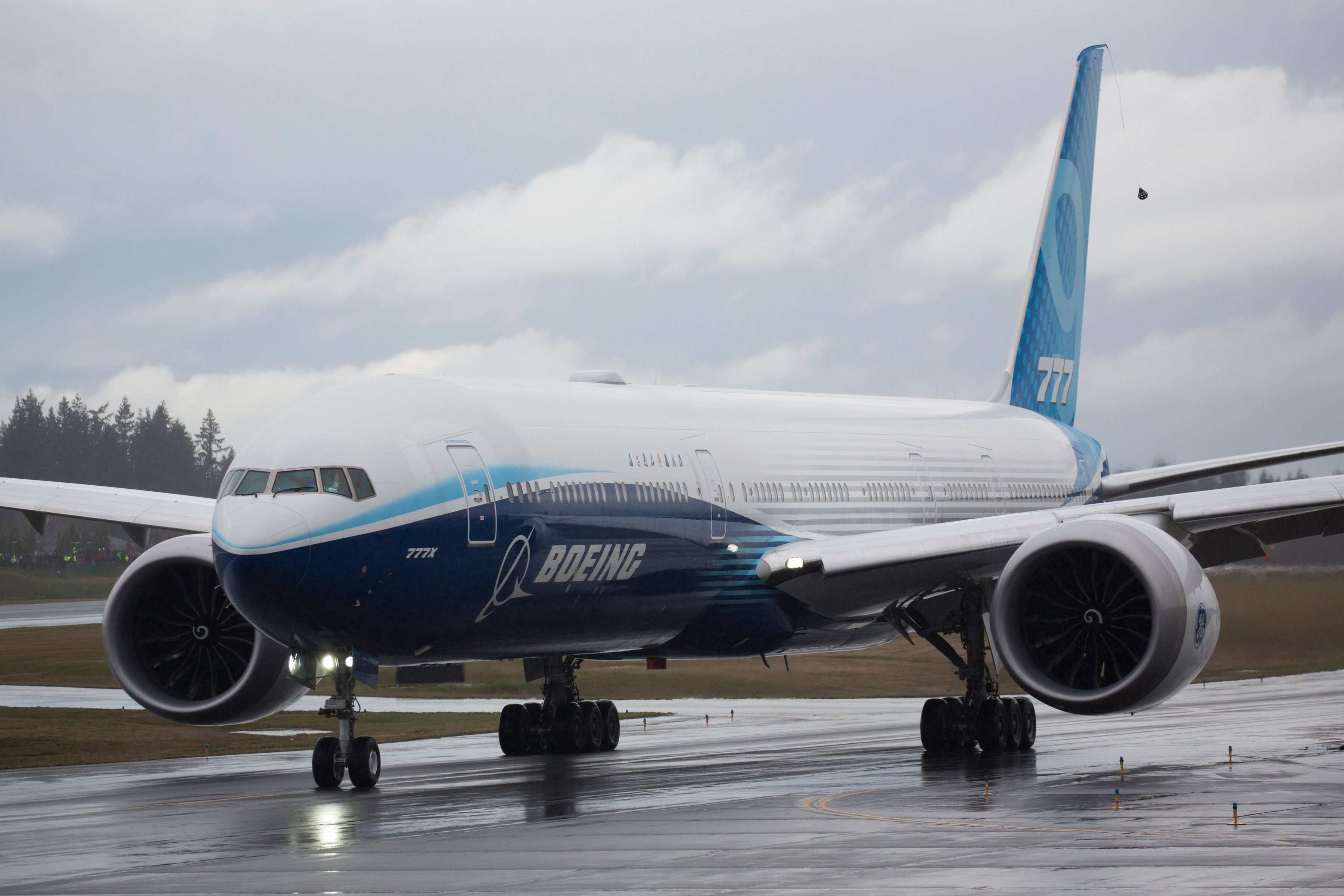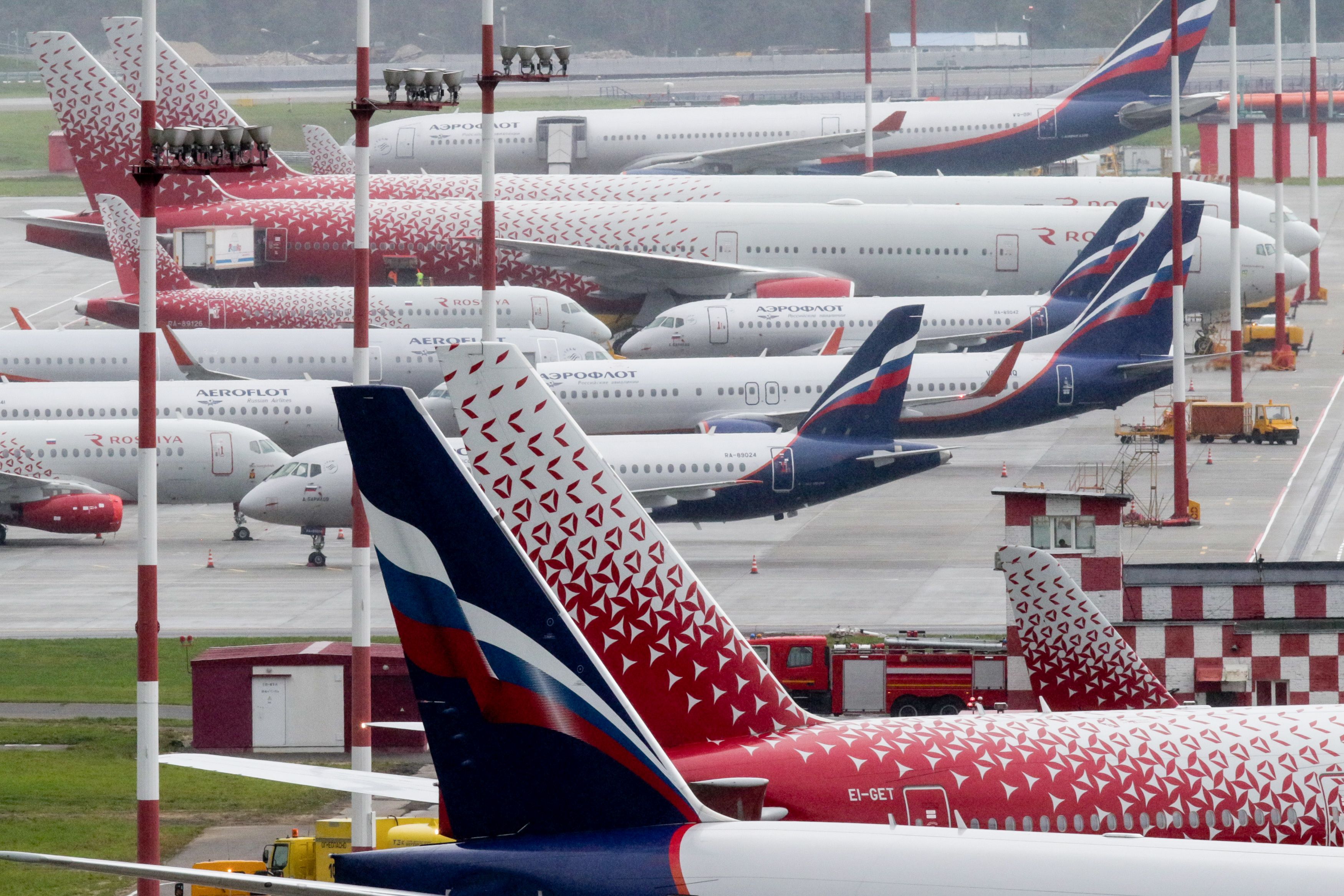Boeing is forecasting demand for about 41,170 new passenger and freighter aircraft deliveries over the next 20 years in a market dominated by the North American, Asia-Pacific, and European regions, as well as China on its own. Let’s take a look at Boeing’s latest Commercial Market Outlook for the 2022-2041 period.
Heavy demand
The US manufacturer released its latest Commercial Market Outlook on Saturday, a couple of days prior to the Farnborough International Airshow 2022 (FIA 2022), projecting a demand for over 41,100 new aircraft over the next two decades. Boeing expects single-aisle jets (such as its 737 MAX family) to make up about 75% of the deliveries in that span and widebodies (like the 787 Dreamliner in the cover and the 777X) to make about 18%. Regional aircraft deliveries will be about 6% of the total and freighters, 2%.
This amount projected by Boeing is bigger than Airbus’. The European manufacturer forecasted last week the world would need about 39,490 new aircraft over the next 20 years.
From a regional perspective, there’s a more diverse market in terms of demand. Boeing expects 23% of the new aircraft deliveries to go to the North American region; 63% would go to Asia-Pacific, Europe, and China, with a share of 21%, respectively. The remaining percentage would be distributed between the Middle East (7%), Latin America (5%), and Africa (2%).
The global fleet will nearly double in the next twenty years; about half of the new aircraft entering into service will replace older jetliners. Boeing expects the global fleet to be composed of 47,080 planes by 2041.
The challenges
Nonetheless, Boeing’s latest Commercial Market Outlook shows signs of certain challenges the world’s economy will face over the next two decades.
The first ten years will be of recovery following the COVID-19 pandemic. Boeing expects there will be about 19,575 deliveries in this period, mostly to replace older jets.
Moreover, Boeing is excluding Russia from its analysis because it currently can’t assess this market correctly.
Simple Flying is at the Farnborough Airshow this week. For all the latest news from the show click here!
This year’s forecast's delivery numbers are below the ones published by Boeing in 2019, 2020, and 2021. In 2019, prior to the COVID-19 pandemic, Boeing projected there would be about 44,040 deliveries in the next two decades. Darren Hulst, Boeing’s Vice President, Commercial Marketing, said,
“Our view of the demand for deliveries over the next 20 years is down about 2,500 jets compared to last year. Even if you included Russia, it is still below our forecast from last year. That reflects the decline in a two-tenths of a percent annual growth rate for passenger traffic. Our view of 20-year view is impacted by a slight reduction in our assessment of global GDP for the long term.”
He added that the decline in two-tenths of a 20-year growth rate is about 700 to 750 jets that the industry will not acquire.
The aviation industry recovery after the COVID-19 pandemic
Nonetheless, Boeing projects the airline industry is close to emerging from the COVID-19 pandemic.
By the end of May, the airline industry was almost back to 70% of the pre-pandemic traffic levels, and the gap was narrowing because of the accelerated return of international traffic in the last few months.
Hulst added,
“98% of the number of single-aisle aircraft operating prior to the pandemic are back in service. On the widebody side, it's still below 80% of the number of active aircraft in 2019 and early 2020.”
Still, the economy is facing headwinds globally. There are many challenges and volatility in the financial markets from inflation to supply constraints. Boeing expects uncertainty to remain a key element as the industry moves forward.
What do you think about Boeing’s latest Commercial Market Outlook? Let us know your comments below.




